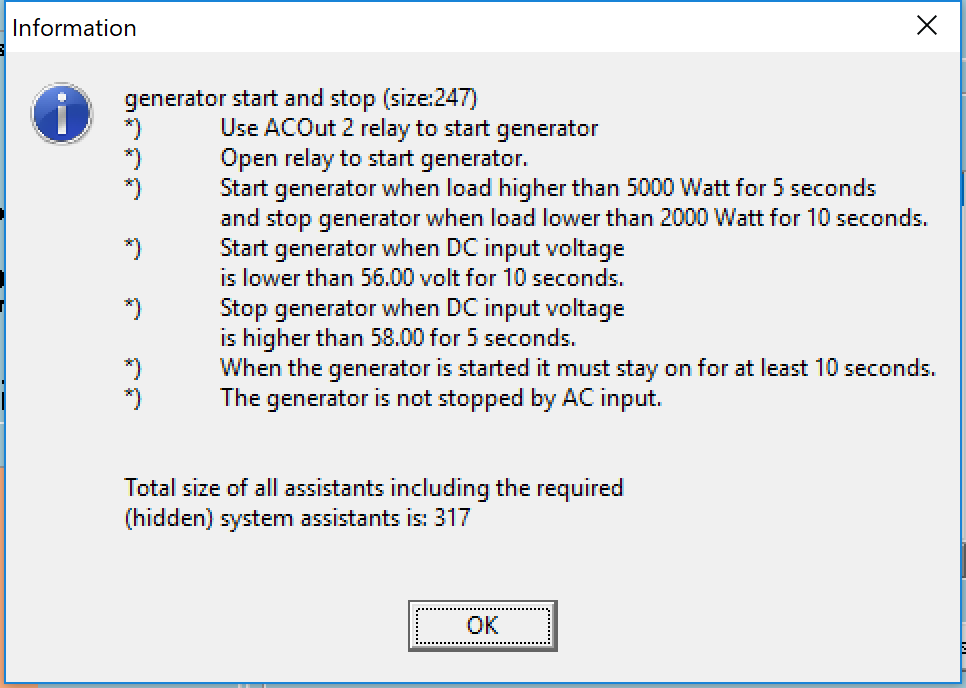I am assuming it is not possible with current hardware - but while brainstorming with several other Victron users we were wishing that the AC2 output of a Multi or Quattro could be used for diversion loads to put excess solar power to use automatically.
I know you can accomplish this already with the relay output on the BMV and an external relay - but it would be really convenient in many installations if the internal AC2 relay could handle the job.
Might this ever be possible? Is it perhaps possible on current hardware with a firmware update?

